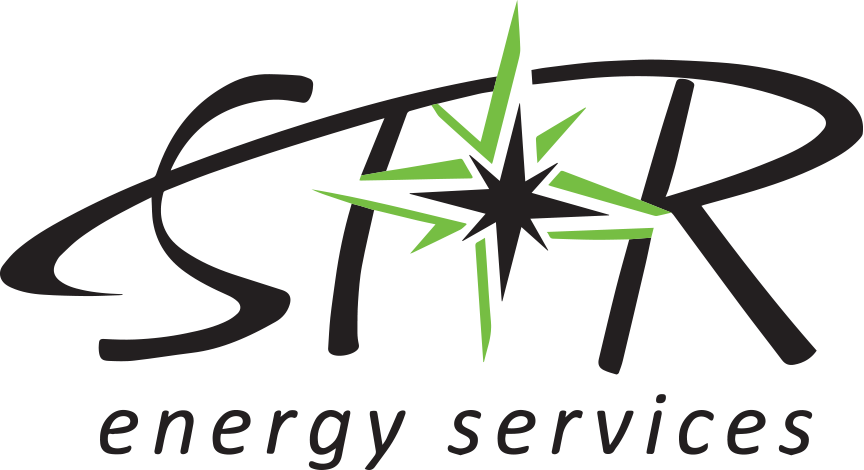Fall 2023 | Edition 26
Power Your Career
Check out our current openings:
IT Consultant
Compliance and Safety Specialist
GIS Consultant
Read full job descriptions and apply at: www.star-energy.com/careers
Register to Attend Our Upcoming PYXIS OMS™ Virtual User Group
December 5, 2023
STAR Energy Services to Host Utility Training Services (UTS) Staking Courses
LEVEL 3: January 30 - February 1, 2024
LEVEL 4: February 20 - February 22, 2024
Uncovering the Facts: The Importance of Underground Utility Cabinet Inspections
BY: BRENNEN GUNDERSON, UTILITY INSPECTION SPECIALIST
Unlike overhead cables and poles, an underground utility cabinet has its equipment hidden from sight. Because of this concealment, regular inspections that require opening the cabinet are crucial for assessing the condition of the equipment inside, along with diagnosing current or potential hazards. By identifying and promptly performing maintenance, we can ensure the longevity of a cabinet and mitigate safety hazards for the general public. Cabinet inspections are comprised of four fundamental components: Exterior Inspection, Interior Inspection, Data Gathering, and Maintenance.
EXTERIOR INSPECTION
Performing an exterior inspection allows the inspector to detect any damage, holes, or minor maintenance needed on the outside of the unit. An outside observation is important for determining the general condition of the cabinet and may provide evidence to potential dangers lurking inside.
Rusted cabinet enclosures
Holes
Missing or defective whips, flags, and locks
Obstructions due to vegetation
Location of cabinet (safe distances from structures)
Broken basements
Missing or degraded warning labels
Unlevel or shifted boxes
INTERIOR INSPECTION
An interior inspection will provide significant clues to the overall health of the unit. By opening and inspecting the interior and including a thermal scan, many maintenance and safety concerns can be uncovered.
Rodent, reptile, and pest issues
Code violations
Broken parts, hinges, and seals
Unseated, swollen, heated, or blown assemblies
Improper grounds
Oil leaks
DATA GATHERING
Information gathered from cabinet inspections can include GPS location, assemblies, impedance, kVA, serial numbers, and manufacturers. This information can be used in many ways. Data gathered can provide important information for maps, equipment tracking, and engineering models.
MAINTENANCE
Finally, these types of inspections help identify priority public hazards and maintenance issues which can be addressed before they cause outages or harm to the public.
A Message from the CEO
BY: LOIS CROONQUIST, CEO
WORKING TOGETHER FOR A BRIGHTER FUTURE
In August, I had the honor of attending the MREA Energy Issues Summit. Those in attendance heard from industry leaders about the changes and opportunities impacting utilities. Topics ranged from new employment laws to the effects of the Carbon-Free 2040 Clean Energy Bill. Our own Kristi Robinson, PE, was part of a panel that discussed Federal Grant Funding and ways utilities embraced potential opportunities to increase resiliency and provide resources to underserved communities. The overarching theme of the event was collaboration. It is incredible to be part of an industry where information, innovation, and experiences are freely shared for the greater good.
SHINING A LIGHT ON INSPECTION SERVICES
Regular inspection of underground utility cabinets is a fundamental aspect of a commitment to safety and reliability. Through inspections, we can assess the condition of equipment and perform necessary maintenance, ensuring the components within the cabinets have a longer lifespan. In today’s market with long lead times for this type of equipment, a robust inspection program is needed now more than ever. In this edition of the LodeSTAR, Brennen Gunderson, Utility Inspection Specialist here at STAR, explains the process of this type of inspection and the reasons why these inspections are critical for maintaining a safe, stable, and reliable level of service.





